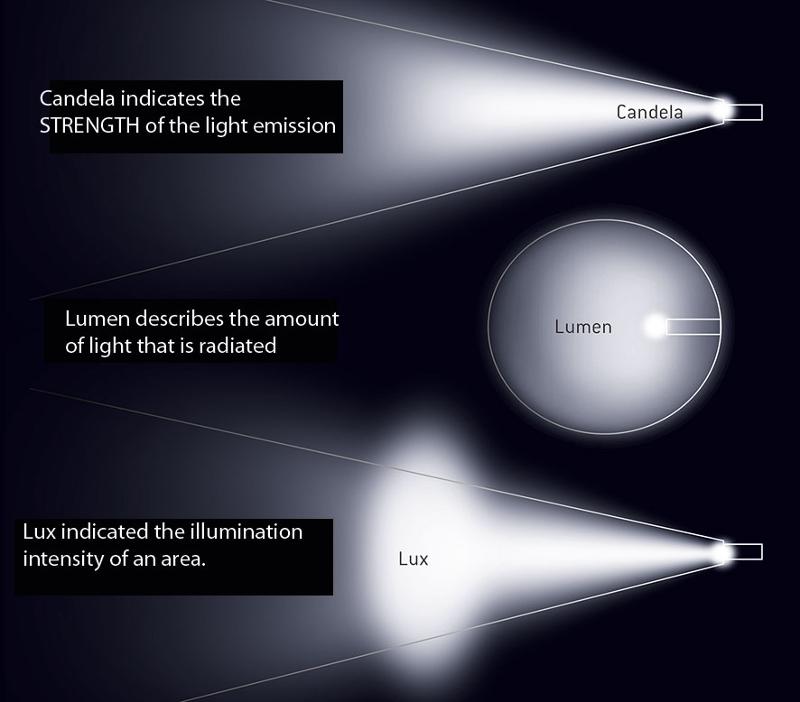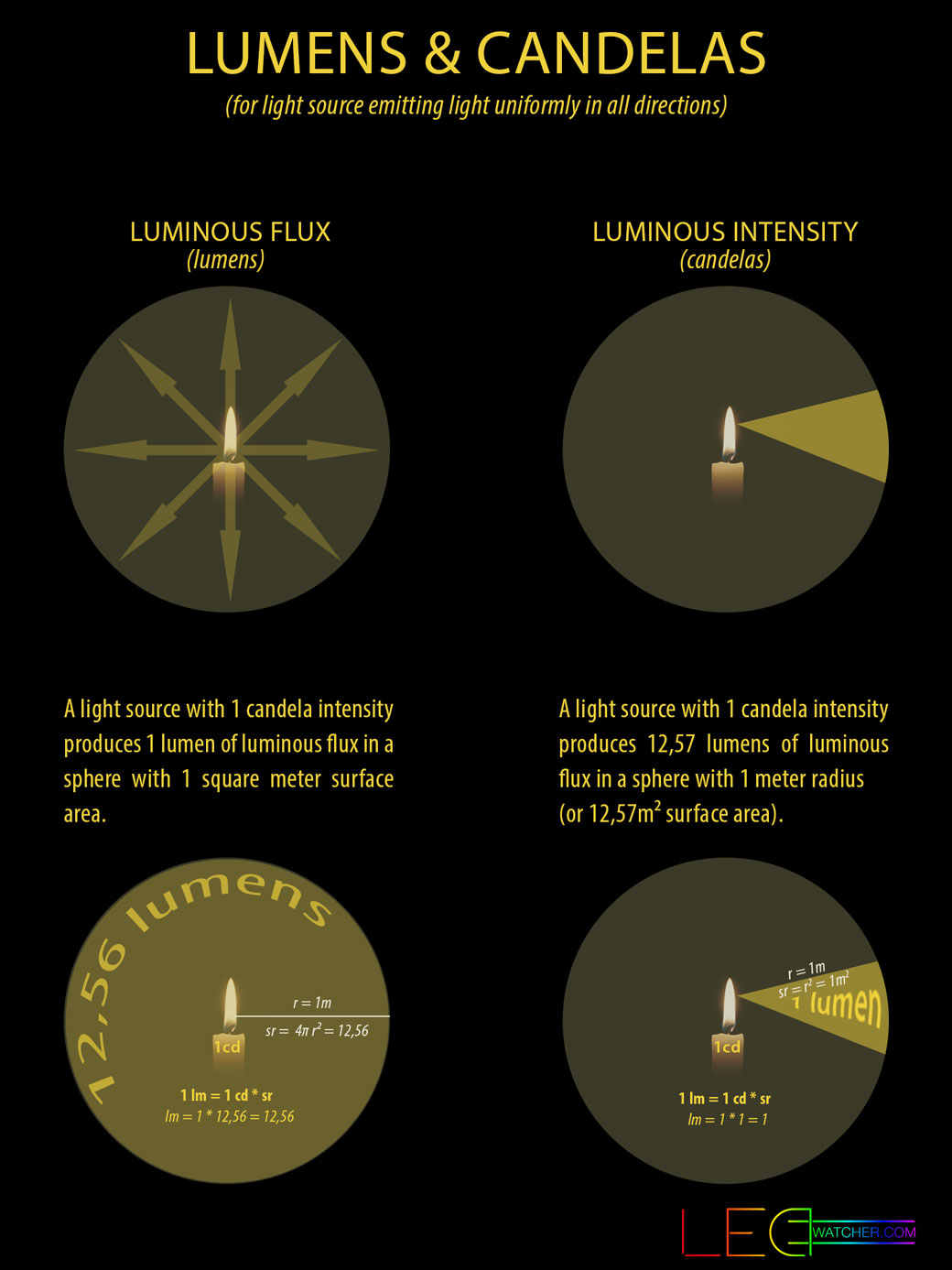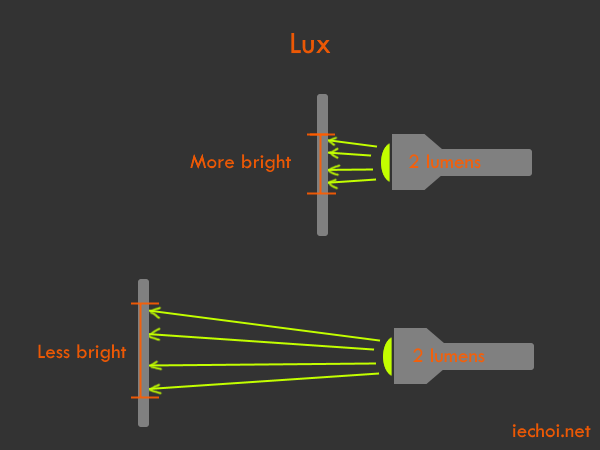Graphics Cheatsheet#
Shit I annoyingly forget and always have to lookup
- Physical Units for Lights: better summary from Eric Haines
Lighting Units (Candela vs Lumens vs Lux)#
| Radiometric | Spectral | Photopic | |
|---|---|---|---|
| Flux (Power) | Watts | Power/Wavelength | Luminous Flux (Lumen) |
| Flux Per Area | Intensity | Spectral Intensity | Intensity |
| Flux Per Area Per Solid Angle | Radiance | Spectral Radiance | Luminance (Nit) |
Candela:
- Measures Luminous intensity aka luminous power in a given direction per unit solid angle
Lumens:
- Measures Luminous flux
- Photometric so it's radiant flux (power) weighted according to a luminosity function (modeling human eye's sensitivity to various wavelengths)
- $1 operatorname{lm}=1 mathrm{cd} cdot mathrm{sr} $
Lux:
- Measures illuminance aka luminous flux per unit area or how much light is falling on a surface
- Can also be used for luminous emittance which is emitted lumens
- NOTE: this is different from luminance
- \(1 \operatorname{lx}=1 \ \mathrm{lm} / \mathrm{m}^{2}=1 \mathrm{cd} \cdot \mathrm{sr} / \mathrm{m}^{2}\)
Luminance:
- Measures luminous intensity reflected per unit area in specific direction
- \(\mathrm{cd} / \mathrm{m}^{2}\)
Luminous efficacy:
- measures efficacy of a light turning watts into lumens
- \(\mathrm{lm} / \mathrm{W}\)
| Illuminance (lux) | Surfaces illuminated by |
|---|---|
| 0.0001 | Moonless, overcast night sky (starlight)[3] |
| 0.002 | Moonless clear night sky with airglow[3] |
| 0.05–0.3 | Full moon on a clear night[4] |
| 3.4 | Dark limit of civil twilight under a clear sky[5] |
| 20–50 | Public areas with dark surroundings[6] |
| 50 | Family living room lights (Australia, 1998)[7] |
| 80 | Office building hallway/toilet lighting[8][9] |
| 100 | Very dark overcast day[3] |
| 150 | Train station platforms[10] |
| 320–500 | Office lighting[7][11][12][13] |
| 400 | Sunrise or sunset on a clear day. |
| 1000 | Overcast day;[3] typical TV studio lighting |
| 10,000–25,000 | Full daylight (not direct sun)[3] |
| 32,000–100,000 | Direct sunlight |




